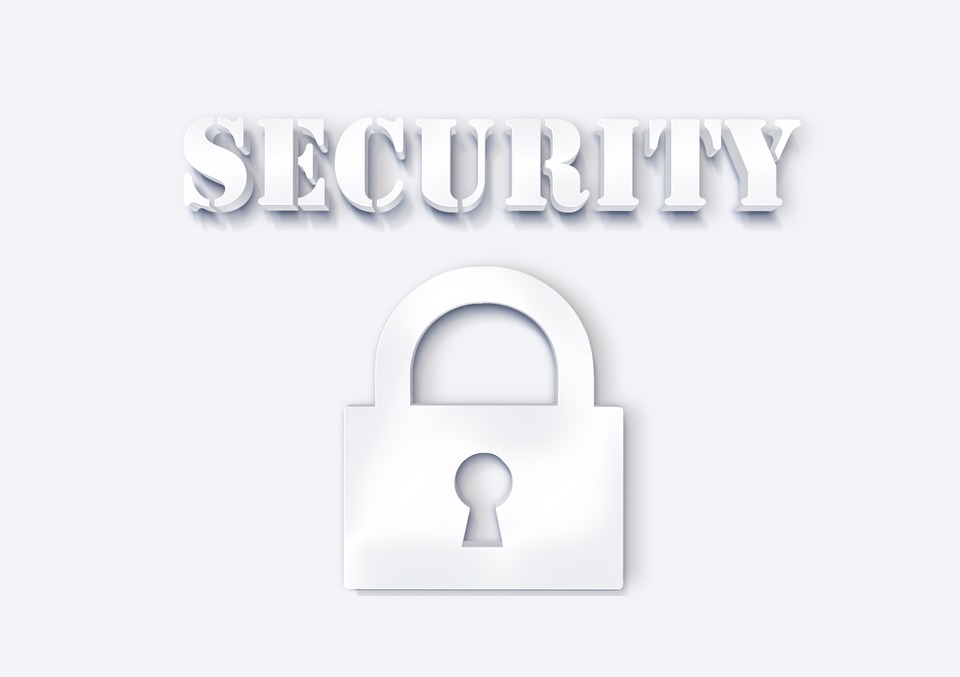
It is not uncommon to receive malicious software with an email message. Weaponized email attachments are becoming critical threats to organizations and businesses as they can easily bypass existing defense mechanisms and pose as sophisticated spear phishing attacks.
Failure of organizations to adopt appropriate information security measures encourages cyber criminals to penetrate into the organizations’ internal systems in order to accomplish their goals, which include stealing data, staging ransomware demands or even a springboard attack on another company. Sandboxes serve as a solution to such cyber security problems as they block the malware at the network level.
Evolution of Email Sandboxes:
The evolution of malware has made organizations realize that the layered security approach is no longer effective. Therefore, the adoption of the sandbox malware analysis components has become essential to counter these targeted attacks. Organizations have also realized that email sandboxes are essential tools which are constantly used to fight the ever-evolving efforts of malware writers.
Email sandboxing works by isolating an application to prevent cyber attackers. Suspicious files are often placed in this digital sandbox and the security scrutinizes these files by looking, watching and listening to determine what the code does, and with whom it communicates. This determines if a file is malicious. Additionally, Attachment Protect offers critical protection by holding the incoming mail. The attachment is then thoroughly scanned to check if there are any hidden codes. The sandbox constructs its own virtual environment and performs deep security analysis on the contents by opening the files. If the file is deemed safe, it is delivered to the recipient. Once the analysis is complete, the digital sandbox is emptied by deleting all the files.
The sandboxes are designed in such a way that they look more like vulnerable systems. However, in reality, it is an isolated laboratory allowing malicious files to execute, without causing any real damage to the users.
Traditional versus Advanced Sandboxing:
The traditional email sandbox adopted a controlled environment to run suspicious files that were attached to the email. This method segregated the files from network and emulated a standard operating system (OS). However, there were several challenges associated with this. Malware writers knew when the code was inside a sandbox and designed it in such a way that it would not deploy until it was outside the sandbox. The hackers also inserted 'sleep timers' into the malware; allowing the files to open days or months after inspection.
As a result, advanced sandboxes were developed and introduced. The advanced versions utilized the capabilities of the older versions and added new features that detected malware instantly in emails and blocked the attacks.
Limitations of Sandboxing:
Email sandboxing does have its own limitations. The evolution of email sandboxing led to several controversies. Its complexity caused more security problems than the sandbox was was originally designed for i.e. to prevent malware attacks.
For instance, if a developer designs an application in such a way that the sandbox needs to interact with a device’s contact list, sandboxing would cause that application to lose some important functionalities.
Additionally, it can also delay external email, thereby having a greater impact on the productivity of employees.